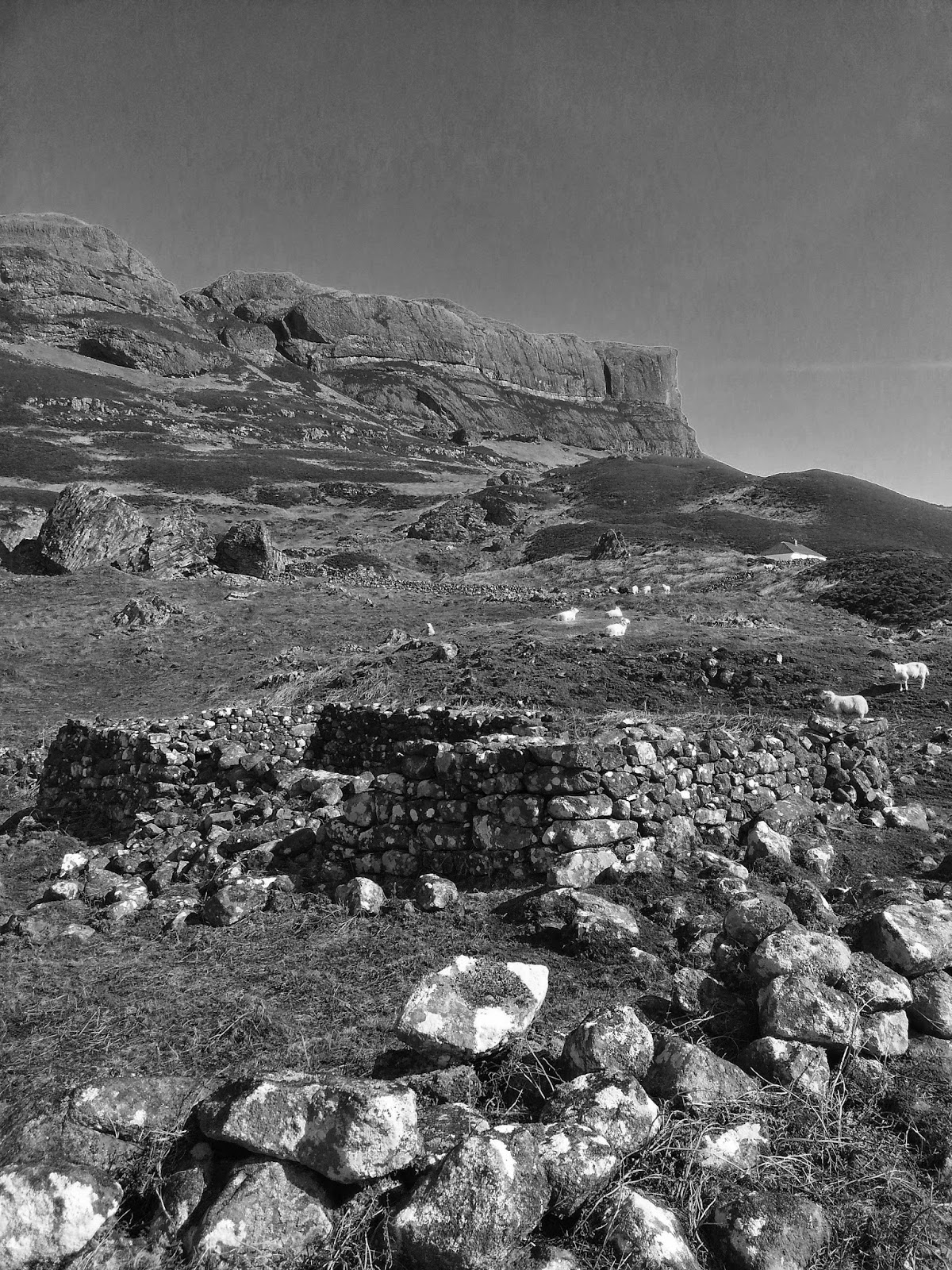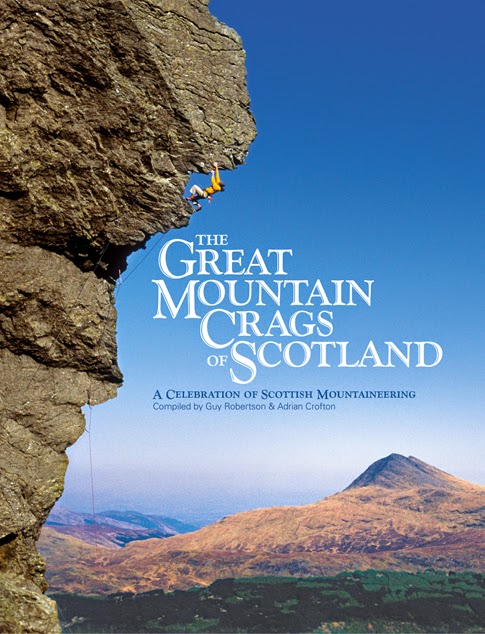New Arran Blocs
We took the opportunity of a good forecast to get the first sunburn of the year with a hike into Coire nan Ceum, via the bounciest bus on the island (the 324), then a pleasant stomp up the North Sannox burn to the boulderfield (45 min). Folk have mentioned this place to me over the years, Claire Youdale had said there were some big stones, and she wasn't wrong. The vast territory of rocks is a maze to navigate - a bit of a geological Narnia, everyone scattered through their own wardrobes of fascination to hunt for their projects.
We regrouped and decided to start at the top, at the biggest blocs, then work downhill along the vanished glacier's rocky scribble. The granite is ultrabasic in nature and fierce on the fingers, so failing repeatedly on roof projects leaves the skin tattered. Warming up on slabs, shredding toes rather than hands, then doing a few quality 'circuit' problems between Font 4 and 6a, warmed us up for the harder lines and the most attractive roof problems.
The granite-pure waters tumbling under and around the boulders were ideal for cooling throbbing tips and toes. A pint in the Sannox Hotel was just reward for a hard-fought collection of classic new problems. The area will feature in the new Bouldering Guide to Scotland - Volume 1...


